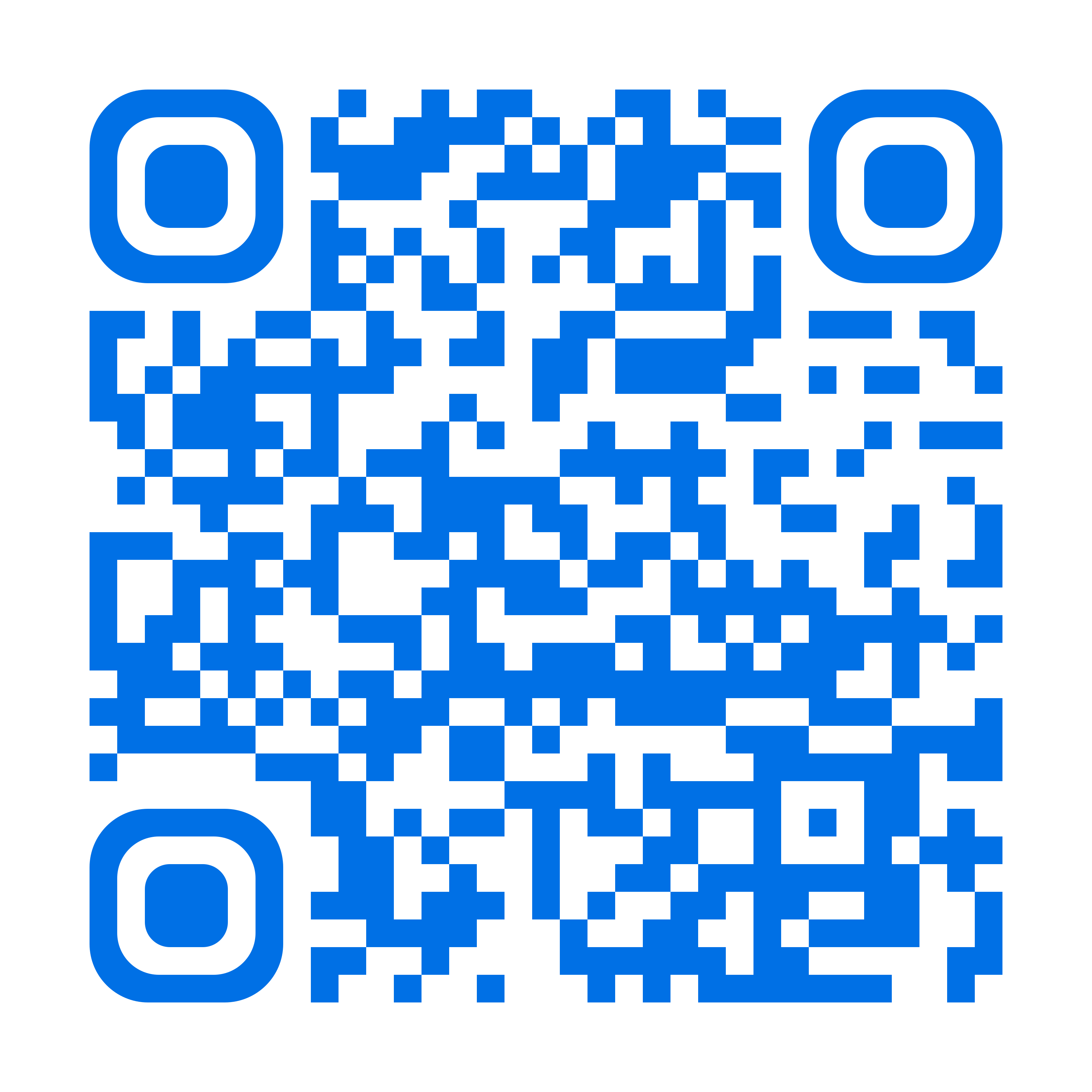- Reference Number: HEY1486/2024
- Departments: Speech and Language
- Last Updated: 31 May 2024
Introduction
This leaflet has been produced to give you general information about swallowing problems. Most of your questions should be answered by this leaflet. It is not intended to replace the discussion between you and your Speech and Language Therapist (SLT) but may act as a starting point for discussion. If after reading this you have any concerns or require further explanation, please discuss this with your SLT.
What is dysphagia?
Dysphagia is the medical term given to describe difficulty in swallowing.
The normal swallow
Swallowing is a complex process involving the coordination of many nerves and muscles of the mouth, throat and oesophagus (food pipe).
What happens when we eat/ drink?
- Food or drink is placed in the mouth
- The jaw and lips close to keep food or drink in the mouth
- Food is then chewed to form a ball and moved to the back of the mouth using the lips, tongue and jaw
- The throat muscles squeeze the food downwards and the swallow reflex is triggered
- There are two tubes in the throat; the trachea (windpipe) which goes down to the lungs, and the oesophagus (food pipe) which goes down to the stomach
- When we swallow, the voice box, which sits on top of the windpipe, rises to shut off the airway and lungs. This stops food or drinks going down the windpipe and into the lungs
- The oesophagus opens to allow food and drink to go down to the stomach
Swallowing problems
If the muscles used for swallowing are not working properly, one or more of the following may occur:
- Difficulty keeping food or liquids in the mouth
- Difficulty biting or chewing
- Difficulty moving and controlling food and liquids in the mouth
- Difficulty moving food to the back of the mouth
- Bits of food getting left in the mouth
- Food or liquids getting stuck in the throat
- Food or liquid going into the windpipe (aspiration) causing coughing, choking, chest infections and pneumonia
Swallowing problems and their progression vary greatly depending on the cause. Please ask your SLT any questions you have about your swallowing.
How are swallowing problems managed?
The SLT can assess and manage swallowing difficulties. He or she may advise:
- Swallowing exercises
- Safe swallowing techniques or postures
- A modified diet such as puree or soft foods. These consistencies are easier to chew and move around the mouth.
- Thickened drinks which travel more slowly and allow your muscles extra time to close the entrance to the windpipe.
- Help with your feeding from a carer.
- If the swallowing problem is severe and food or drinks are likely to go into the lungs, you may be advised not to eat or drink at all. In this instance you would need to be referred to a dietitian.
- Referral to a dietitian if your overall food intake is poor, you have reduced appetite or weight loss.
The SLT will monitor your swallowing and provide advice on any changes.
General advice
- When eating and drinking, always sit as upright as possible
- Eat slowly, one mouthful at a time. Make sure that each mouthful is swallowed before taking the next one.
- With drinks, take small sips
- Avoid mixing drinks and food in the same mouthful
- Do not throw your head back whilst eating/ drinking
- Avoid talking whilst eating and drinking
- Sit upright for at least 30 minutes after eating and drinking
- Ensure good oral hygiene. The mouth should be clear of all food after meals.
- Ensure dentures fit properly
- Your SLT may have given you specific swallowing advice. Please follow this advice carefully.
Should you require any further advice on the issues contained in this leaflet, please contact the Speech and Language Therapy Department on telephone number: tel: 01482 626700 or tel: 01482 875875

